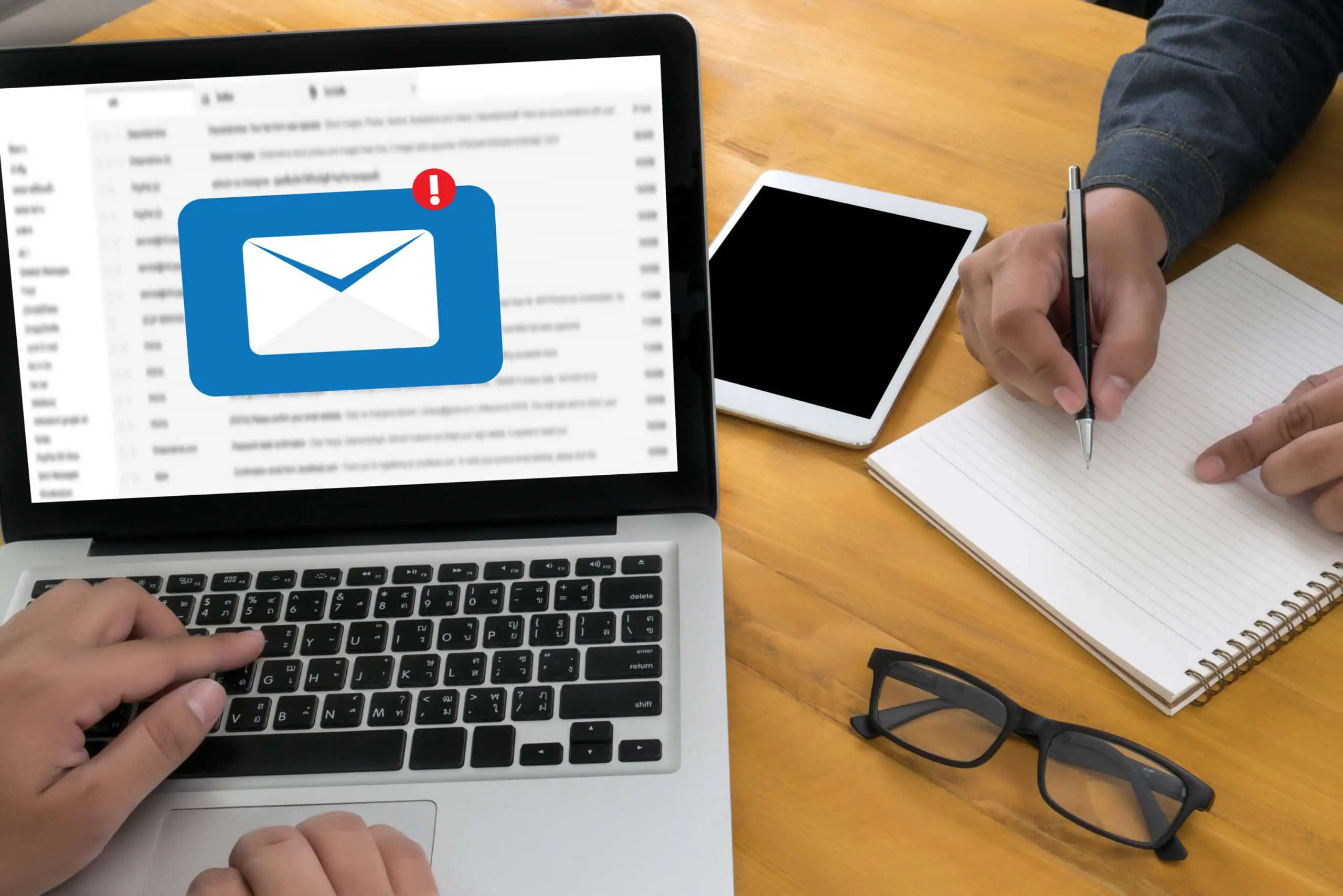If you regularly use email marketing to connect with your audience, you know the basics of crafting a good message. But to really stand out in today’s competitive landscape, you need to go beyond the basics – generic email blasts just don’t cut it anymore. This is where data-driven email marketing comes in.
Each time someone interacts with your emails, they provide valuable data. From open rates and click-throughs to engagement patterns and purchase behavior, every action offers insights into what your subscribers want and need. By tapping into this wealth of information, you can move away from a one-size-fits-all approach and outshine the competition. The key is to use this data to create highly targeted, personalized campaigns that speak directly to each subscriber’s interests and needs.
To harness the power of data for more effective email marketing, consider incorporating the following six strategies into your campaigns:
Hyper-Segmentation
One of the most powerful data-driven strategies is hyper-segmentation. This isn’t just about grouping people by age or location; it involves creating very specific groups based on your subscribers’ behavior, preferences, and past interactions.
Start by diving deep into your customer data. Look for patterns in what people buy, which emails they open, how they use your website, and any other information you have. Use these insights to create micro-segments of subscribers with similar habits or preferences.
For example, you might create a segment of customers who’ve bought a specific product and opened emails about related items in the past month. By targeting this group with highly relevant content and offers, you’re much more likely to see engagement and conversions.
Predictive Analytics
Timing is crucial in email marketing, and predictive analytics can help. Many email platforms now offer predictive analytics features, and if yours doesn’t, there are standalone tools you can integrate with your current system. These tools analyze your historical email data to predict subscriber behavior and determine the best time to send emails to each subscriber.
By analyzing past open rates and engagement patterns, you can identify when each subscriber is most likely to interact with your emails. Tailoring your send times to these individual preferences can significantly boost your open and click-through rates.
Take it a step further with dynamic send time optimization. Instead of sending all your emails at one set time, this approach delivers each email at the best time for each subscriber. This level of personalization can really set you apart from competitors who still use the same send time for everyone.
A/B Testing Beyond Subject Lines
You’ve probably tried A/B testing subject lines before, but don’t stop there. Test other parts of your campaigns like email layout, call-to-action buttons, and personalization elements. Also, experiment with the tone and style of your writing. Each test gives you valuable data that you can use to keep improving your emails.
Just remember one golden rule: change only one thing at a time. This way, you can pinpoint exactly what’s making a difference in your results. It might seem small, but these little tweaks can add up to significant improvements in your overall email marketing results.
Behavioral Trigger Emails
Behavioral trigger emails are automated messages sent in response to specific subscriber actions or behaviors, and they’re a powerful way to deliver highly relevant and timely messages.
Set up triggers based on actions like a customer abandoning a cart, browsing a particular product category, or reaching a milestone in their customer journey. Then, create emails that address these specific actions, encouraging subscribers to take the next step.
These emails should feel personalized and timely, not generic. And remember to measure and optimize your trigger email performance over time, just as you would with your regular campaigns.
Email Automation Sequences
Email automation sequences are sets of emails triggered by specific actions or time intervals, designed to guide subscribers through a personalized journey.
Use your data to create multi-step sequences that adapt based on subscriber behavior. For example, start with a welcome series and adjust follow-up emails based on which links a new subscriber clicks in the first email. If they click on a product link, send them more details about that product in the next email.
To integrate data from other channels into your email sequences, connect your email platform with your social media and website analytics tools. Track subscriber actions on your website or social media pages. If a subscriber likes a post or visits a specific page, use that information to send them relevant content. This way, your emails feel more personalized and engaging.
Competitive Analysis Through Benchmarking
To outsmart your competition, you need to know where you stand. Research industry benchmarks through reports, surveys, and case studies to see how your performance compares to industry standards. This will help you set realistic goals and pinpoint areas for improvement in your email marketing.
Next, sign up for your competitors’ email lists and log details such as email frequency, design, content types, and personalization methods. While you can’t track their open rates and click-through rates directly, observe how their emails are structured and any noticeable tactics, like promotional offers or changes in messaging.
Use these insights to refine your own email marketing strategy and differentiate your brand. The goal isn’t to copy your competitors but to learn from their approaches and avoid potential pitfalls. Adapt your strategies based on this information to stay one step ahead.
Elevate Your Email Marketing Game with Data-Driven Strategies
To put these strategies into action, start by assessing your current email marketing capabilities. What data do you have access to? What tools are you using? Identify any gaps in your data or technology.
Next, prioritize which strategies to implement based on your business goals and resources. You don’t have to do everything at once. Start with one or two strategies and build from there. Encourage your marketing team to make decisions based on data rather than assumptions.
By using customer data, you can create highly personalized, relevant emails that resonate with your audience and drive engagement. The key to success is continuous improvement. Keep testing, analyzing, and refining your strategies based on the data you collect. Over time, you’ll build a sophisticated email marketing approach that outperforms your competition and drives real results for your business.

